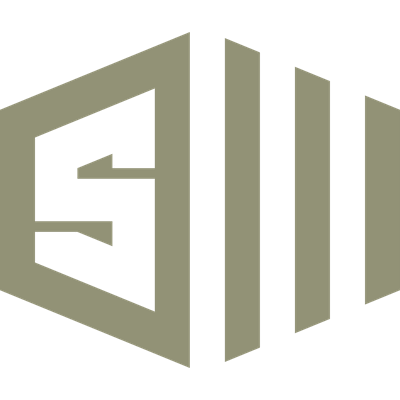Editorial »
Found 3,257 symbols matching greeek symbol for strength and courage: Page #48
Matching categories: Food Symbols and Symbolism, Gemstones and Natural Substances, Internet Icons and Symbols, Plants, Trees, and Flowers, Rock Carvings and Cave Paintings, Science Fiction and Fantasy Symbols Matching groups: Curves and Corners, Level crossings and intersections, Notes and Rests, Retition and Codas
Filter by category:
Filter by group:
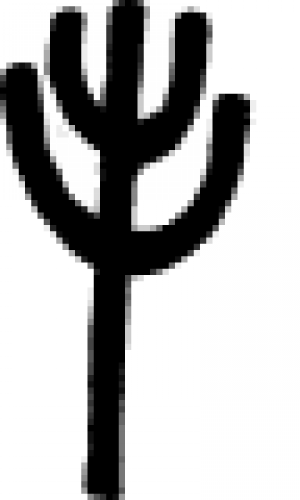 | Day of Tiburtius (alternate #2) A symbol from the clog almanacs used in Medieval Sweden. |
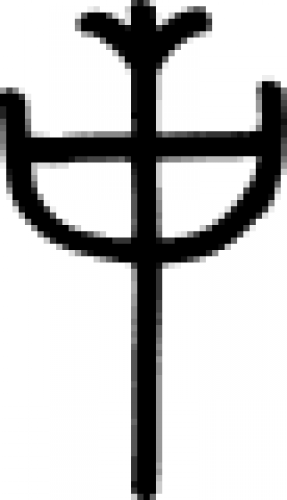 | Annunciation Day In Medieval clog almanacs, this symbol represented Annunciation Day, or the vernal (spring) equinox. |
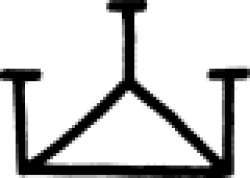 | Virgin Mary A symbol used on Medieval clog almanacs to designate holy days associated with the Virgin Mary. |
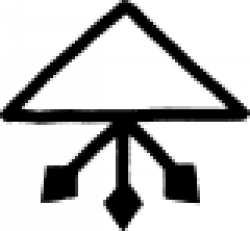 | Wise man's sulphur (alchemy) A symbol used in 17th century chemistry to indicate a substance known as wise man's sulphur, or "soufre des philosophes" |
 | Tartar (alternate #4) An alchemical symbol for tartrate. |
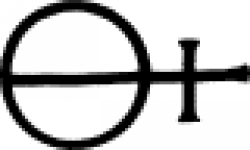 | Nitric acid (alternate) An 18th century chemical symbol for nitric acid. |
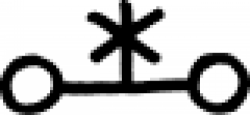 | Arsenic sulphate (alternate) An alchemical symbol for the compound arsenic sulphate. |
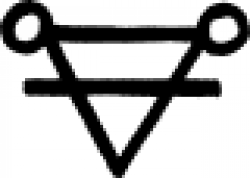 | Clay (alchemy) An 18th century chemical symbol for clay (also known as 'agrilla'). |
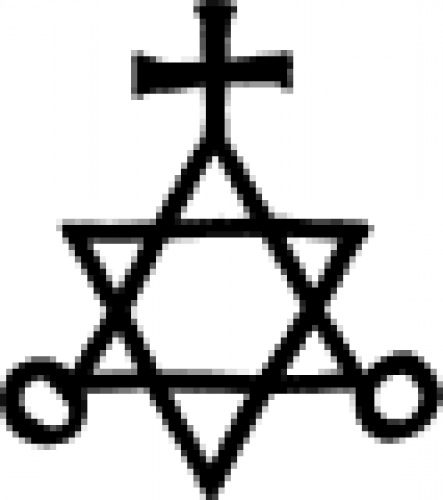 | Coal (alchemy) A symbol used to represent coal (also known as 'carbo') in 18th century chemistry. |
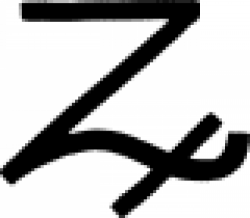 | Zinc (alternate #1) An alchemical symbol for the metal zinc. |
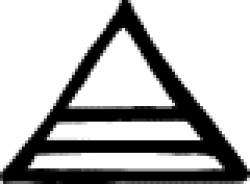 | Mix (alternate #2) An alchemical symbol used to indicate a mixture. |
 | Glass (alternate #3) In 17th century chemistry, this symbol represented glass. |
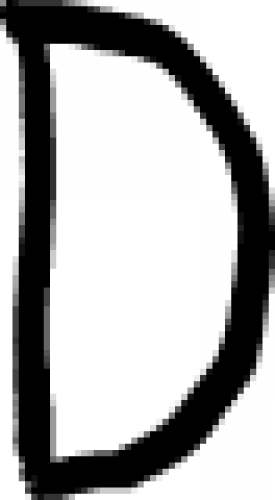 | Pointless In the French system of hobo signs, this symbol indicated that it was no use trying to get inside the present location. |
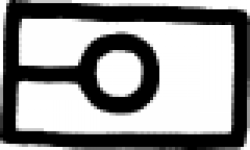 | Wind furnace (alchemy) An alchemical symbol indicating a wind furnace (also known as a wind forge). |
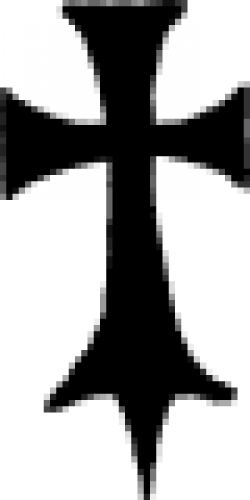 | Crete A symbol discovered on the wall of an ancient building on the Greek island of Crete. Dated to 400 B.C.E. No contextual information known at this time. |
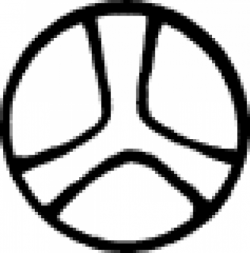 | Toulouse Although it strongly resembles the logo of the car manufacturing company Mercedes-Benz, this symbol was actually discovered on a Bronze Age altar in Toulouse, France. No contextual information is kno… |
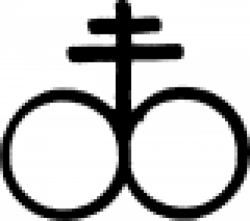 | Black sulphur or brimstone A symbol that represents black sulphur (aka black mercuric sulphide), as well as brimstone, in alchemy. |
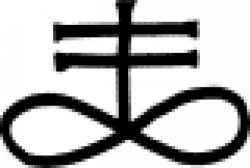 | Black sulphur or brimstone (alternate) A symbol that represents black sulphur (aka black mercuric sulphide), as well as brimstone, in alchemy. |
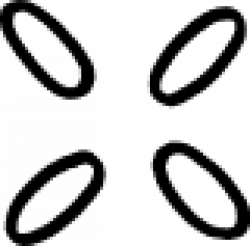 | Haute-Garonne #1 A symbol discovered on the wall of the Marsoulas cave in Haute-Garonne, southwestern France. No contextual information is known at this time. |
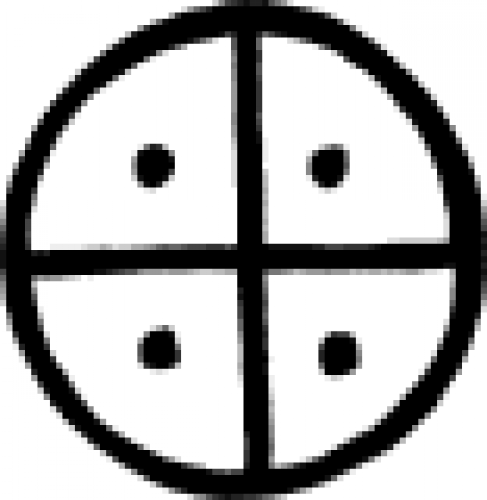 | Saffron (alchemy) A symbol occasionally used by alchemists to indicate saffron. |
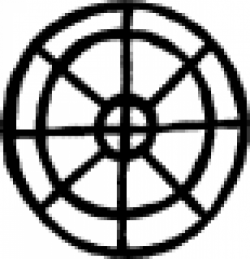 | Val Camonica #5 A Bronze Age (roughly 800 B.C.E.) symbol carved on the face of Val Camonica in the southern area of the Alps (Italy). No contextual information is known at this time. |
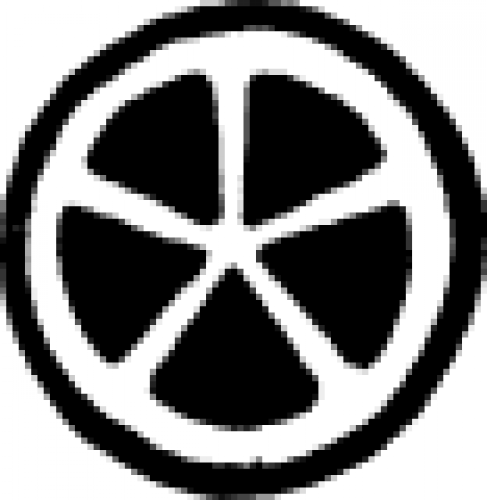 | Painted Cave A symbol from the Painted Cave area near Santa Barbara, California, likely created by the Native American Chumash people. No contextual information known at this time. |
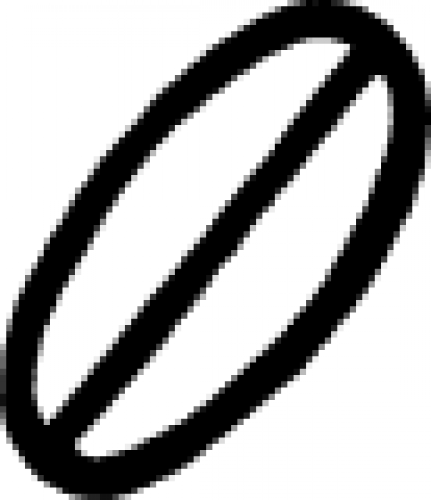 | Glue (alchemy) A symbol used in alchemy to indicate glue. |
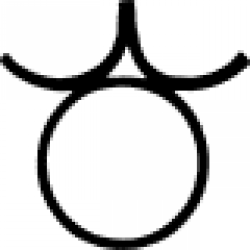 | Zinc (alternate #2) An alchemical symbol for the metal zinc. |
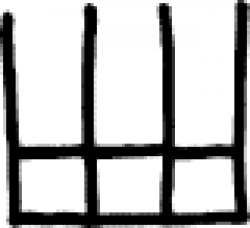 | Lascaux #1 France's Lascaux Caves are a rich repository of early artistic images. This symbol was found amidst depictions of animals, but no contextual information is known at this time. |

